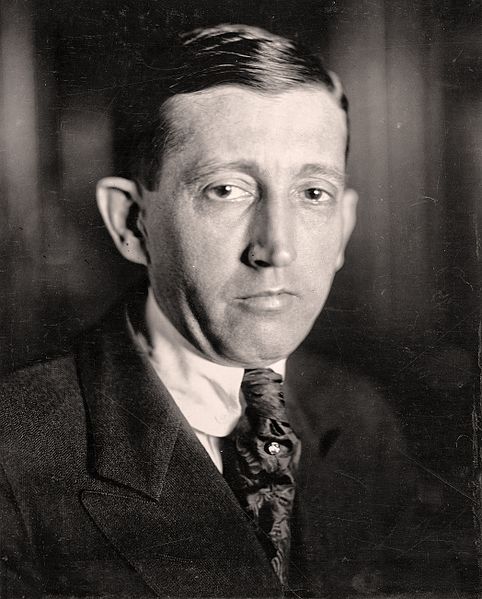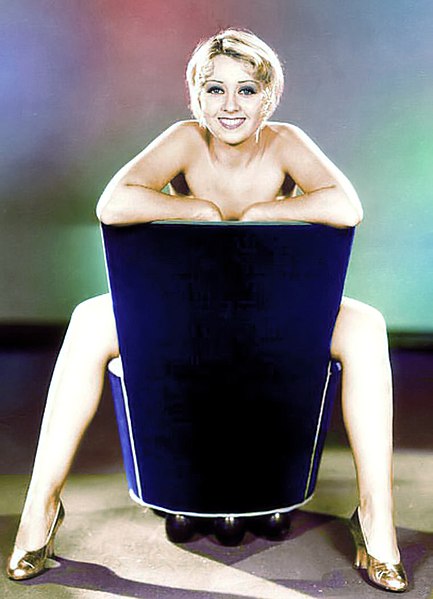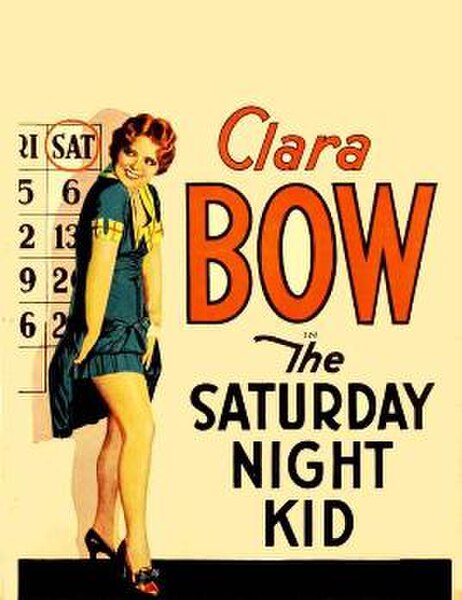The Public Enemy is a 1931 American pre-Code gangster film produced and distributed by Warner Bros. The film was directed by William A. Wellman and stars James Cagney, Jean Harlow, Edward Woods, Donald Cook and Joan Blondell. The film relates the story of a young man's rise in the criminal underworld in Prohibition-era urban America. The supporting players include Beryl Mercer, Murray Kinnell, and Mae Clarke. The screenplay is based on an unpublished novel—Beer and Blood by two former newspapermen, John Bright and Kubec Glasmon—who had witnessed some of Al Capone's murderous gang rivalries in Chicago.
Theatrical release poster
James Cagney, Jean Harlow and Leslie Fenton in a publicity still for the film
A controversial scene in which Tom (James Cagney) angrily smashes a half grapefruit into his girlfriend's face (Mae Clarke)
Pre-Code Hollywood was an era in the American film industry that occurred between the widespread adoption of sound in film in the late 1920s and the enforcement of the Motion Picture Production Code censorship guidelines in 1934. Although the Hays Code was adopted in 1930, oversight was poor, and it did not become rigorously enforced until July 1, 1934, with the establishment of the Production Code Administration. Before that date, film content was restricted more by local laws, negotiations between the Studio Relations Committee (SRC) and the major studios, and popular opinion than by strict adherence to the Hays Code, which was often ignored by Hollywood filmmakers.
In this 1931 publicity photo, Dorothy Mackaill plays a secretary-turned-prostitute in Safe in Hell, a pre-Code Warner Bros. film.
Will H. Hays was recruited by the studios in 1922 to help clean up their "Sin City" image after a series of scandals, especially the Roscoe "Fatty" Arbuckle manslaughter trial.
This 1932 promotional photo of Joan Blondell was later banned under the then-unenforceable Motion Picture Production Code.
Clara Bow lifts her skirt on the poster for the pre-Code film The Saturday Night Kid (1929). Skirt-lifting was one of many suggestive activities detested by Hays.







